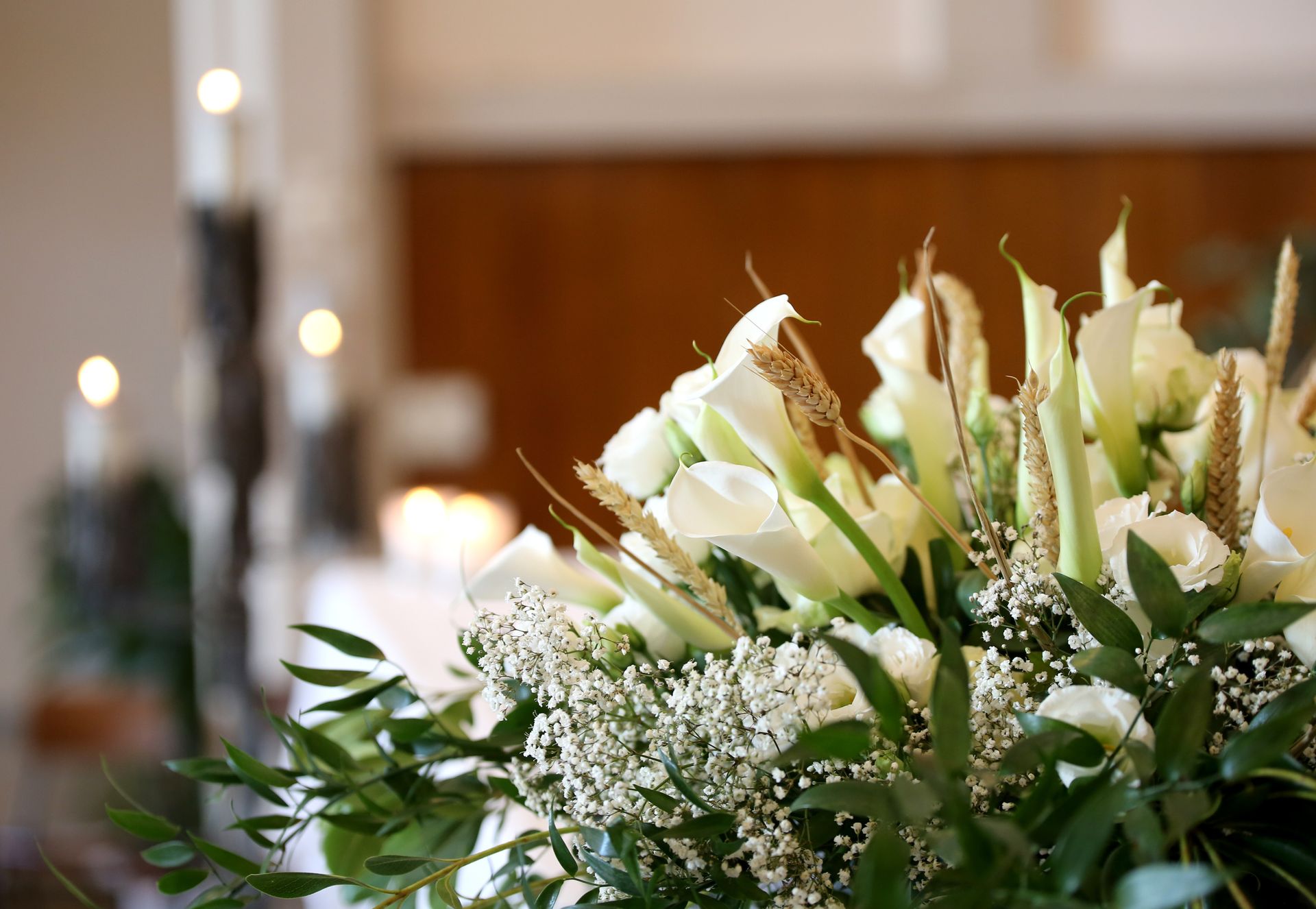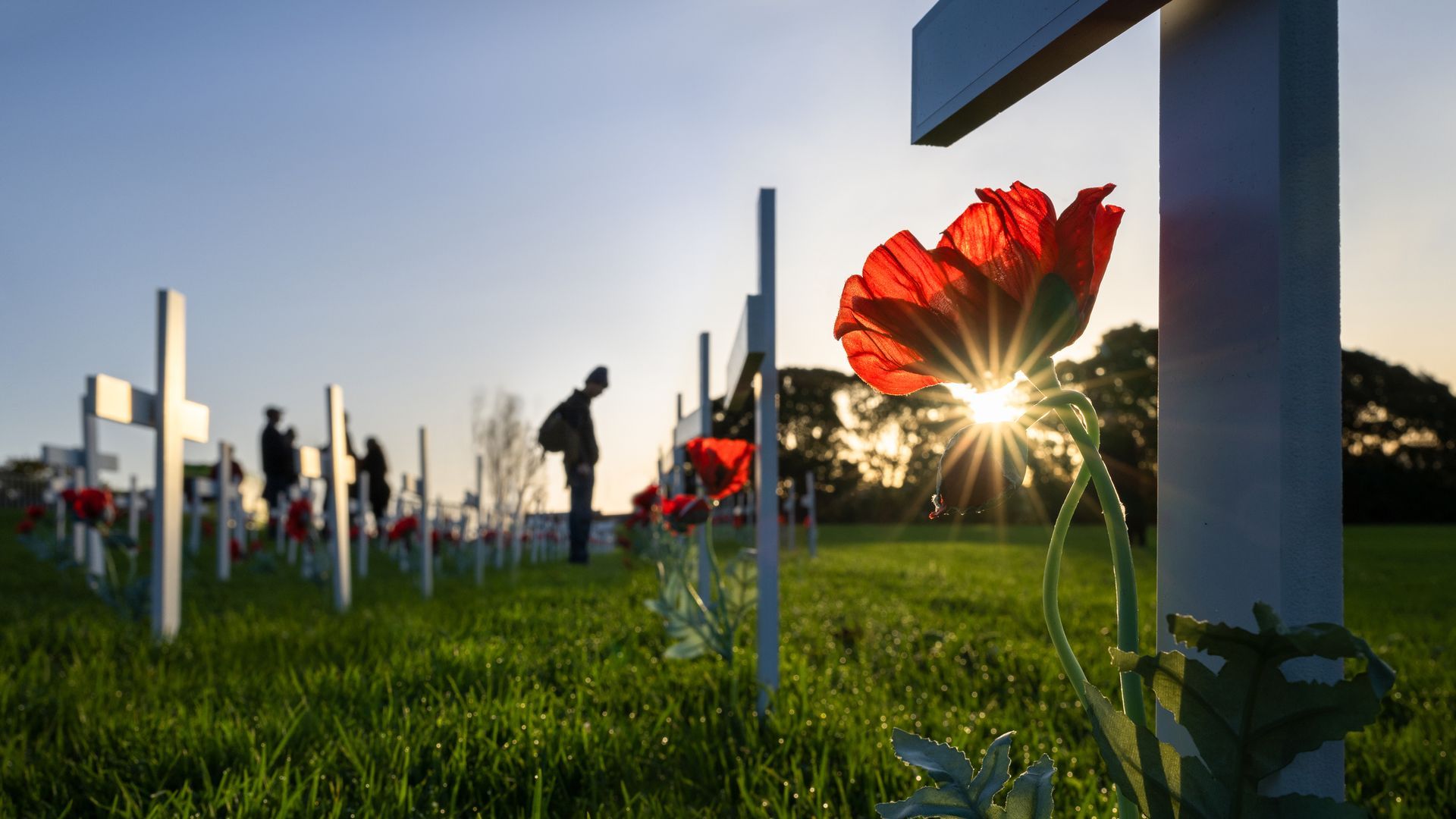Embracing tradition in a digital age: The role of technology in funerals

In an era defined by technological innovation, it's no surprise that even the most traditional aspects of life, such as funerals, are undergoing a digital transformation. While the core essence of honoring and remembering loved ones remains unchanged, technology is reshaping the way we approach funeral services, offering new avenues for connection, commemoration, and healing.
Live-Streaming Services: One of the most significant impacts of technology on funerals is the ability to live-stream services. With live-streaming, friends and family members who are unable to attend in person due to distance, illness, or other reasons can still participate in the ceremony remotely. Whether it's a funeral service or memorial gathering, live-streaming allows loved ones to be present virtually, offering comfort and closure during difficult times.
Virtual Memorials and Online Tributes: Beyond live-streaming, technology enables the creation of virtual memorials and online tributes. These digital platforms serve as spaces where friends and family members can share memories, photos, and stories of the deceased. From social media memorial pages to dedicated websites and digital guest books, these online tributes provide a lasting legacy that can be accessed and revisited by loved ones for years to come.
Digital Keepsakes and Memorabilia: Technology also offers innovative ways to preserve and cherish memories of the departed. From digital photo albums and video montages to personalized memorial websites and tribute videos, these digital keepsakes allow families to celebrate the life of their loved one in a meaningful and creative way. Additionally, advancements in 3D printing technology even enable the creation of custom urns and memorial jewelry, providing unique and personalized mementos that honor the memory of the deceased.
Enhanced Communication and Support: In times of grief, communication and support are crucial. Technology facilitates communication among grieving family members and friends, enabling them to stay connected and provide mutual support throughout the grieving process. Whether it's through group chats, video calls, or online support forums, technology offers avenues for sharing emotions, offering condolences, and seeking comfort from others who understand their loss.
Digital Funeral Planning and Arrangements: In the realm of funeral planning and arrangements, technology streamlines processes and enhances convenience for both funeral homes and families. Online platforms and mobile apps allow individuals to pre-plan their funerals, make arrangements, and even purchase funeral merchandise from the comfort of their homes. These digital tools simplify the logistics of funeral planning while empowering individuals to make informed decisions about their end-of-life wishes.
While the rituals and traditions surrounding funerals remain deeply rooted in our cultural fabric, technology has undeniably become an integral part of the funeral experience. From live-streaming services to virtual memorials and digital keepsakes, technology offers innovative ways to honor, remember, and celebrate the lives of our loved ones. By embracing these technological advancements, we can enhance the funeral experience, foster connections, and provide comfort and support to those who are grieving.

July 24, 2025
Attending a funeral or memorial service can stir up many emotions, and for some, one of the first questions that comes to mind is: What should I wear? While traditions around funeral attire have evolved, dressing appropriately remains a way to show respect—for the person who has passed and for their loved ones. Whether the service is formal, casual, religious, or a celebration of life, here are a few thoughtful guidelines to help you choose what to wear. 1. Stick to Neutral, Conservative Colors Black is the traditional color of mourning in many cultures, but it's not your only option. Other respectful colors include navy, gray, deep green, brown, and muted tones. Avoid bright colors, loud patterns, or anything that draws unnecessary attention unless the family has requested otherwise. Tip: Some services may invite guests to wear the deceased’s favorite color or dress casually—check the obituary or invitation for guidance. 2. Dress Modestly and Neatly Funeral services are somber occasions, so choose clothing that is clean, pressed, and conservative: For women, options include a modest dress, blouse with slacks, or a skirt paired with a cardigan or blazer. For men, a dress shirt with slacks, a suit, or a sport coat with a tie is appropriate. 3. Footwear Matters, Too Choose closed-toe shoes that are comfortable, especially if you'll be standing or walking at a graveside service. Simple dress shoes, loafers, or flats work well. Avoid athletic sneakers or flip-flops unless the service is explicitly casual or outdoors. 4. Consider the Location and Weather The setting of the service can influence your outfit: For outdoor or graveside services, wear weather-appropriate clothing and shoes that can handle grass or gravel. Bring an umbrella or coat if needed. Dark outerwear is always a safe choice. In a place of worship, modest attire is often expected regardless of the season. 5. Keep Accessories Simple This is not the time for flashy jewelry or bold accessories. Choose understated items that won’t distract from the purpose of the gathering. 6. What About Children? Children should also be dressed neatly and conservatively. Simple outfits in neutral colors are best. If unsure, dress them as if attending a formal family event or church service. 7. When in Doubt, Dress Up a Bit It’s always better to be slightly overdressed than too casual at a funeral. If you’re unsure about the dress code, err on the side of formality. A respectful appearance helps convey sympathy and support. What you wear to a funeral doesn’t need to be fancy or expensive—but it should reflect care, humility, and consideration. Remember: your presence is what matters most

July 14, 2025
Planning a funeral or cremation—whether for a loved one or preplanning for yourself—can feel overwhelming. There are many decisions to make, all while navigating the emotions that come with loss. But with a little preparation and guidance, the process can be meaningful, healing, and manageable. Whether you're planning ahead or handling arrangements after a loss, this guide walks you through the key steps of planning a funeral or cremation service. 1. Decide Between Burial and Cremation One of the first decisions to make is whether the individual will be buried or cremated. This choice often depends on personal, cultural, or religious preferences. Burial typically involves a casket, a graveside service, and a cemetery plot. Cremation may still include a funeral or memorial service and allows for more flexible options such as scattering, keeping an urn, or burying cremated remains. Some families choose direct cremation (without a service) or direct burial and hold a memorial at a later time. 2. Decide on the Type of Service There are many ways to honor a life, including: Traditional funeral service (usually with the body present) Memorial service (typically after cremation or burial) Celebration of life (a more personalized, informal event) Services can take place at the funeral home, a place of worship or outdoors. Choose what best reflects the person’s life and what brings comfort to those attending. 3. Select the Details You’ll want to personalize the service with details such as: Obituary and newspaper or online notices Casket or urn selection Music, readings, or spiritual elements Photos, videos, or displays of personal items Flowers or charitable donation options Who will speak, perform, or participate Many families also choose to include military honors, religious traditions, or cultural customs. 4. Consider Final Resting Place Options For burials: Choose a cemetery and purchase a plot if one isn’t already owned Decide on a headstone or grave marker For cremation: Decide whether ashes will be kept, scattered, buried, or placed in a niche Some families divide ashes among keepsake urns or jewelry 5. Handle Legal and Practical Matters Don’t forget the necessary paperwork: Obtain a death certificate (you may need multiple copies) Notify Social Security and financial institutions Handle wills, trusts, and estate matters If applicable, coordinate with veterans’ services or insurance providers Funeral directors can help guide you through most of this, but having documents organized in advance can ease the burden. 6. Consider Preplanning Preplanning your own arrangements relieves your loved ones of decision-making during an emotional time. You can: Specify burial or cremation preferences Choose the type of service and location Prepay or set aside funds Record personal touches you’d like included Preplanning ensures your wishes are followed—and it brings peace of mind to everyone involved. While planning a funeral or cremation is never easy, it is an opportunity to reflect, remember, and celebrate a life. Whether you’re planning for the future or coping with a loss today, take each step at your own pace, and don’t hesitate to reach out to professionals or trusted loved ones for support.




